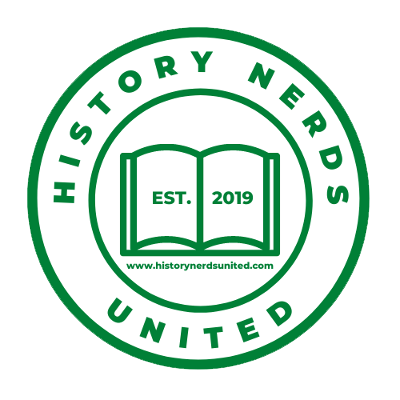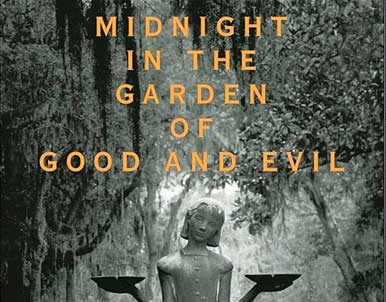Brendan’s Alternate Tagline for Midnight in the Garden of Good and Evil:
A rare instance where I love the movie and the book.
Quick synopsis:
A story about the denizens of Savannah, Georgia and a famous murder in their midst.
Fact for Non-History People:
Savannah allows you to take your drinks in to-go cups and walk around with them. Yes, I have confirmed this personally. You’re welcome.
Fact for History Nerds:
Savannah is home to the first black church in the U.S.
My Take on Midnight in the Garden of Good and Evil:
I have seen the movie version of Midnight in the Garden of Good and Evil at least 10 times. Finally, I made time in my schedule to dive into the source material by John Berendt. There are two things which still stick out to me. First, Clint Eastwood did justice to the book. Second, I can’t believe how much of this is actually true. It’s not all true, at least not strictly true.
I finished the book and decided to do a little digging on where Berendt strayed from the truth. He inserted himself into some scenarios where he was not present although everything did occur. He reports some other things and moves them around the timeline. Ultimately, I am a big stickler for non-fiction being purely non-fiction, but reading the changes made me agree these were acceptable changes to keep the flow of the book moving. They are actually immaterial.
The book is not true crime. It is a study of a town cut off from the world voluntarily. I have lived in Georgia (not Savannah) and there is a certain feeling in that part of the country which is described perfectly in the book. I have visited Savannah a few times and the book recreates that decadent feeling. Going back to why the fictional elements are immaterial, the people are real, their actions are real, and that’s the story you are there for as the reader. The ratings for the book and movie are lower than I would have expected and I do believe because it had to be marketed as true crime to make it financially viable. However, I think this left some readers feeling that they were misled.
I was prepared to let Berendt take my on a journey without worrying about the trial and asking where it was (since it shows up more than halfway through the text). I also found it interesting how Berendt treated (the freaking amazing) Lady Chablis in 1994. It’s a perfect encapsulation of Berendt’s willingness to act as an observer for the reader without preaching or passing judgment. He does this throughout the book, and it makes for a more thoughtful and accepting narrative. However, I also wonder how the casual racism and homophobia might play today if Berendt reported so non-judgmentally.
If you have somehow missed both the movie and the book until this review, then I suggest going into this book without thinking about labeling it. Go into it open-minded about learning about the colorful people of Savannah with a murder thrown in for a little extra spice. No matter what, though, make sure you read it.
Verdict:
I love the movie and the book. Buy it here!


Leave a Reply
You must be logged in to post a comment.